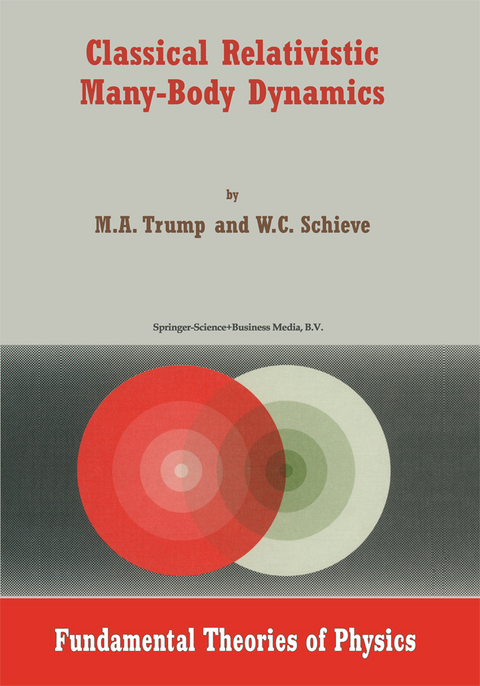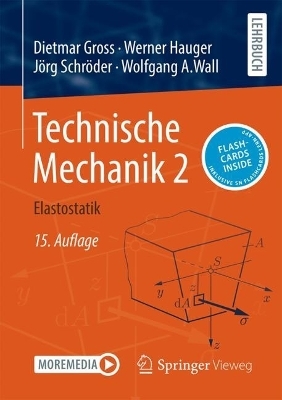
Classical Relativistic Many-Body Dynamics
Springer (Verlag)
978-90-481-5232-2 (ISBN)
1 Introduction.- 2 Frame-Dependent Kinematics.- 3 Covariant Kinematics.- 4 The Dynamical Theory.- 5 The Lagrangian-Hamiltonian Theory.- 6 The Coulomb Potential (I).- 7 The Coulomb Potential (II).- 8 Conclusions and Suggestions.- A The Geometry of World Lines.- A.1 The Geometry of 1-d Curves.- A.1.3 Applications to Nonrelativistic Motion.- A.1.4 Applications to Relativistic Motion.- A.2 Spacetime Curves.- A.2.1 Special Relativistic Kinematics.- A.2.2 World Lines as Regular Curves.- A.2.3 The Unit Binormal Four-Vector.- A.2.4 The Unit Trinormal and Orthonormal Tetrad.- A.3 The Covariant Serret-Frenet Equations.- A.4 The Active Lorentz Transformation.- A.4.1 The Fermi-Walker Operator.- A.4.2 The General Co-Moving Frame.- A.5 Conclusions.- B The Solutions Derived by Cook.- C The No Interaction Theorem.- C.1 Comments on the Proof.- D Classical Pair Annihilation.
| Reihe/Serie | Fundamental Theories of Physics ; 103 |
|---|---|
| Zusatzinfo | XVI, 370 p. |
| Verlagsort | Dordrecht |
| Sprache | englisch |
| Maße | 170 x 244 mm |
| Themenwelt | Mathematik / Informatik ► Mathematik ► Angewandte Mathematik |
| Naturwissenschaften ► Physik / Astronomie ► Allgemeines / Lexika | |
| Naturwissenschaften ► Physik / Astronomie ► Astronomie / Astrophysik | |
| Naturwissenschaften ► Physik / Astronomie ► Mechanik | |
| Naturwissenschaften ► Physik / Astronomie ► Theoretische Physik | |
| ISBN-10 | 90-481-5232-1 / 9048152321 |
| ISBN-13 | 978-90-481-5232-2 / 9789048152322 |
| Zustand | Neuware |
| Informationen gemäß Produktsicherheitsverordnung (GPSR) | |
| Haben Sie eine Frage zum Produkt? |
aus dem Bereich


